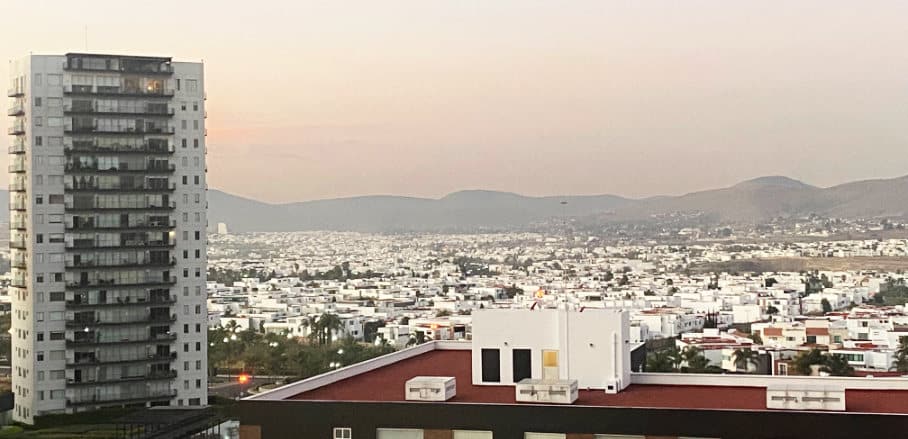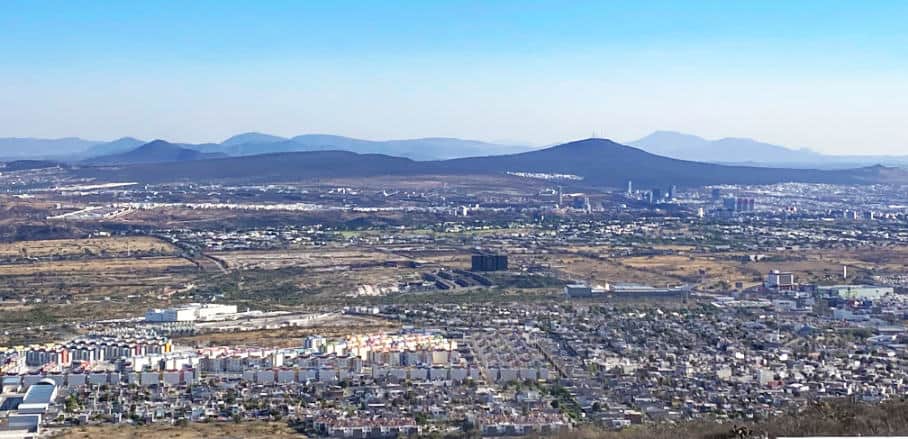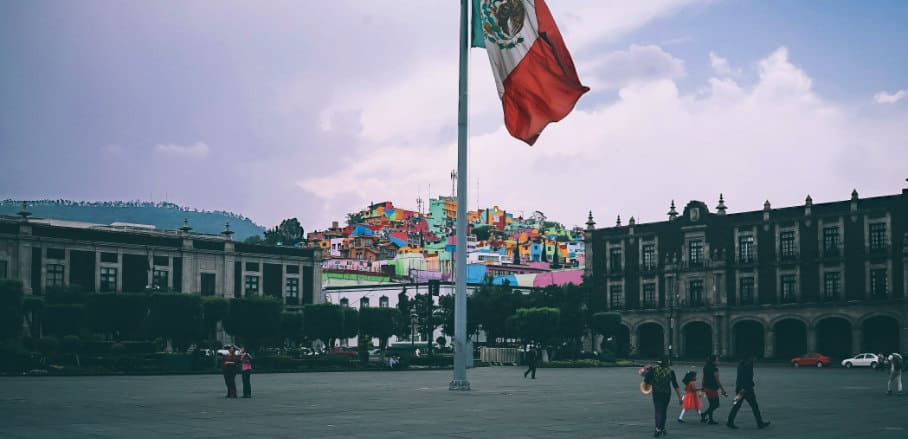Sustainable Cities With a Soul
Concrete is the second most consumed material in the world after water, making it an essential component of urban development. However, cheap housing comes at a price. Can we still afford to pay for it? Jorge Javier and Cecilia Tortajada provide clear responses.
More than half of the world’s population lives in urban areas. For their growing infrastructure, cities use materials that are not environmentally friendly to make, use or dispose of. Often, their construction is energy- and water-intensive and pollutes the environment. For example, the production of concrete (a mixture of cement, water, sand, and gravel) is highly polluting. Yet, concrete is indispensable for cities, only because other construction materials are vastly more expensive.
Concrete, Mass-Produced, and Polluting Housing
In Mexico, concrete has been used for significant architectural and infrastructural development. We have used it to create one of the greatest urban areas in the world, the Metropolitan Area of the Valley of Mexico (formerly the Metropolitan Area of Mexico City), where more than 20 million people live in an area of more than 7,800 square kilometres, almost five times the size of Greater London.
Architecture in the country has evolved through several styles and languages. The austere and socialist architecture was used in the 1960-70s. Forms were rigid and monumental, relying on construction methods that created a sense of appearance that disdained architecture itself.
At the end of the 1990s, after the “economic miracle,” the Mexican stock market collapsed, devastating national and international trade and pushing inflation to unprecedented rates. Under these conditions, the need for durable construction drove the use of modular systems, entailing the extensive use of concrete. These systems offered security and low-cost maintenance—at the expense of vernacular systems that use local materials and are less polluting, such as stonework, masonry, and wood craft.

The mass construction systems used to supply housing at the lowest possible cost are more polluting than other methods. Furthermore, they threaten the personal identity of the occupants, producing a sense of alienation from the community. Many low-income people have no option but to live in these homogeneous housing complexes, built with no sense of design and located far from other population centres. Many lack basic services such as water and electricity, reducing even further the quality of life. As a consequence, many have been abandoned, creating ghost towns, such as the outskirts near Guadalajara, the third-largest city in the country, or in Estado de México, part of the Metropolitan Area of the Valley of Mexico.
Housing is an Expression of Our Intimate Cultural Identity
Such housing generally uses subsidised construction materials. For politicians, it is easy to say that affordability is the primary concern when planning such developments. They do not understand that, while people need housing, people also need ways to express their identity, as well as access to services of good quality.
Instead of developing a new design identity, and finding its own “voice,” Mexican society has imitated architectural patterns from the United States. Modular concrete construction, or “cookie-cutter” systems, have become the preferred method, with concrete becoming the overwhelmingly preferred material. Concrete is cheap, and the metal formwork can be reused over and over. However, this does not make it less polluting or less energy- and water-intensive.
Mexico has an extraordinary history and a rich architectural culture. Modern icons such as the Mixcoac Towers housing complex and the La Condesa neighbourhood, both in Mexico City, are some of the best examples. Nevertheless, we have failed to go back to our roots and try designs with indigenous alternatives such as lattice bricks and patio transitions. We prefer to build fast and cheap, usually with subsidised materials that are not of the best quality, even when this is not sustainable in the longer term.

Urban sprawl of Querétaro © Jorge Javier (CC BY-ND)
We Need More Experimental Architecture and Design
Furthermore, the country has a range of climatic conditions, including extreme hot or cold temperatures, often with high humidity. Architectural styles and construction materials should respond to these conditions. Most Mexicans would like to live in a house with a “Mexican vibe” based on the designs of the internationally renowned architect Luis Barragán, or the iconic new San Miguel style. Instead, we build repetitive, impersonal and decontextualised constructions. We should not develop concrete, mass-produced, cookie-cutter social housing all over the country just because it is easy.
A recent hopeful sign is an initiative of INFONAVIT (Institute of the National Housing Fund for Workers) through which famed architects have been invited to develop innovative architectural designs that integrate social needs with local conditions. This project has the potential to help a new generation of architects experiment with “greener” materials. Some of this will still be concrete, but with a twist, using various aggregates, such as glass bottles or recycled plastic, to improve structural stability. We can also incorporate green systems like photovoltaic panels, recycled water tanks for toilet flushing, and even simple solar water heaters using materials such as bamboo or recycled rubber from unused tires. We can use compressed sawdust mixed with certain resins as coatings for long-lasting insulated buildings. From the social and architectural points of view, this is an opportunity to develop housing with a style that is closer to our roots, that better suits our local climate, and that uses more sustainable materials.
Housing is a fundamental need. In providing it, we have the opportunity to experiment with materials that are more environmentally friendly and also reliable, long-lasting, and affordable.
- The Right to Livability: Tackling Suburban Spaces and Peripheral Settlements - 14. November 2023
